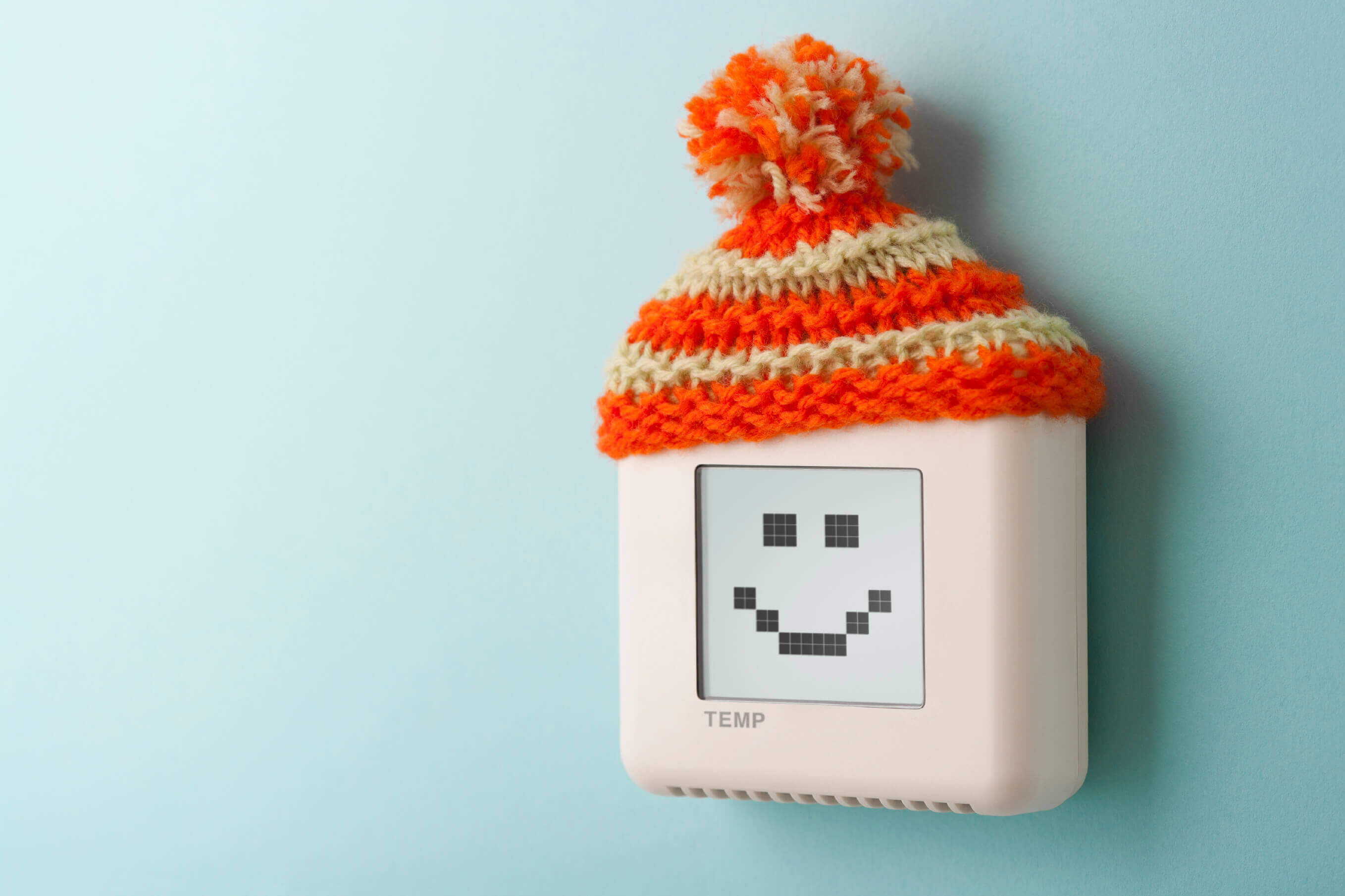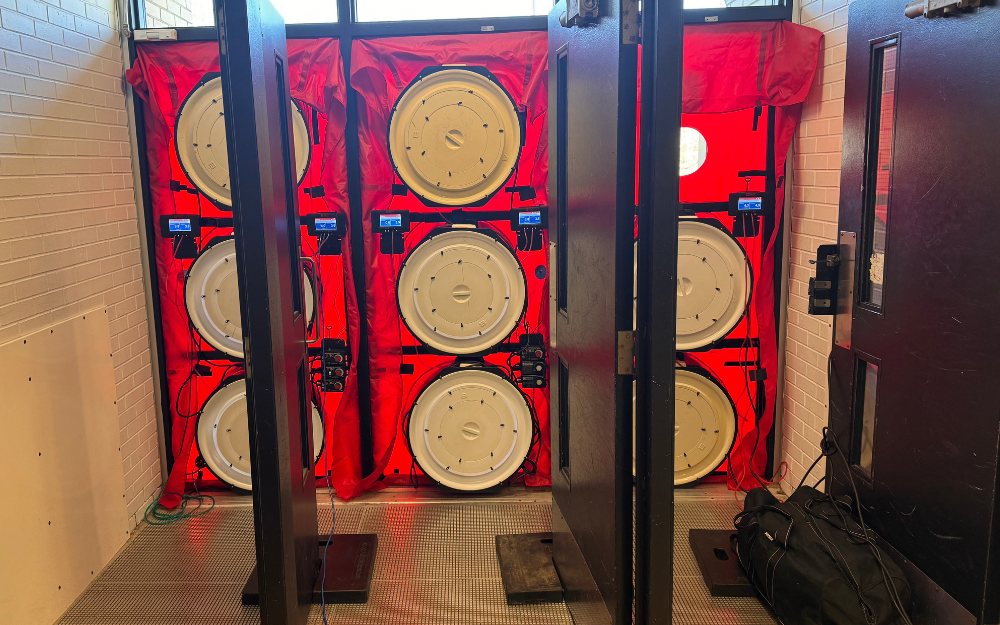A fan for energy efficiency? If you've taken part in the Rénoclimat energy efficiency program, you…

Savings of 20 % in energy costs thanks to dual energy heating systems?
Dual energy heating systems are still little known in Quebec. Some of you may be using it, but for others the term is not even familiar. Yet all homeowners would benefit from knowing more about these systems because they could benefit from DT pricing, a more economical rate. Effective use of a dual energy heating system can mean significant savings on energy costs. Read our article and learn more about all the advantages and characteristics of this type of heating system.
A dual energy heating system is a system that uses two sources of energy: electricity as a primary source and fuel (usually oil, commonly referred to as heating oil) as a backup source. The objective of using such a system is to benefit, at the appropriate time, from the least expensive energy source for the heating of the house.
Some people believe that heating their home with electric baseboards and a wood stove is a dual energy heating system, but that is not the case since they are two independent heating systems with different energy sources. In the technical sense, to have a truly “dual energy” system, the transfer of one energy source to another must be done automatically at specific times. Therefore, only central heating systems such as hot air furnaces with ductwork or hot water boiler with radiators can have an affordable dual-energy mode.
But how does a dual energy heating system work? Let us take a house with a hot air heating system whose energy sources are electricity and fuel oil used together. Physically, this furnace looks like any other oil furnace, but in which electric elements, similar to those of a toaster, have been added. Outside the house, Hydro-Quebec has installed a special electric meter equipped with a temperature sensor.
When the outdoor sensor records a temperature equal to or greater than -12oC (or -15oC, depending on the climate zone where your home is located), it transmits a signal to the heating system so that it only runs on electricity. The energy consumed is then billed by Hydro-Québec at a reduced rate.
On the other hand, when the outside temperature falls below -12oC (or -15oC), the sensor tells the furnace to switch from electricity, then billed at an higher rate, to oil.
Switching from one source of energy to another is done completely automatically, without affecting the comfort of the occupants. But be careful: it should not be forgotten that when the outside temperature is below -12oC (or -15oC), the cost of electricity is higher than in warmer weather. It costs more to use the dryer, hot water, dishwasher, etc.
What are the main advantages to using a dual energy system, you say? Reducing the energy cost of course… but only if you are well disciplined. When installing a dual energy system, a warning light is also placed in a passing area of the house, preferably near the kitchen. This light only illuminates to indicate the periods of high electricity rate. From this moment on, it is advantageous to reduce the consumption of the various electrical appliances of the house, not only the heating system. When the outside temperature warms up and the high-tariff period ends, the warning light turns off automatically and you benefit from the reduced electricity rate again. A disciplined family who manages the use of their consumption according to the warning light can easily save up to 20% of the energy costs annually.
To benefit from the use of a dual energy system, it is possible to make transformations to an existing hot-air system fueled by oil or propane by adding electric elements or adapting a heat pump (heat pump). For central hot water systems with radiators, an electric boiler can be paired with the existing system to make it a dual energy system. New appliances incorporating two sources of energy in the same housing are also available on the market.
To learn more about dual energy heating, you can go directly to the Hydro-Québec website by visiting their website on the subject here.



